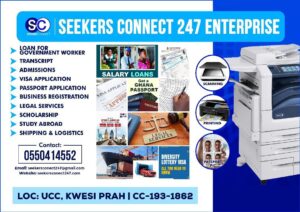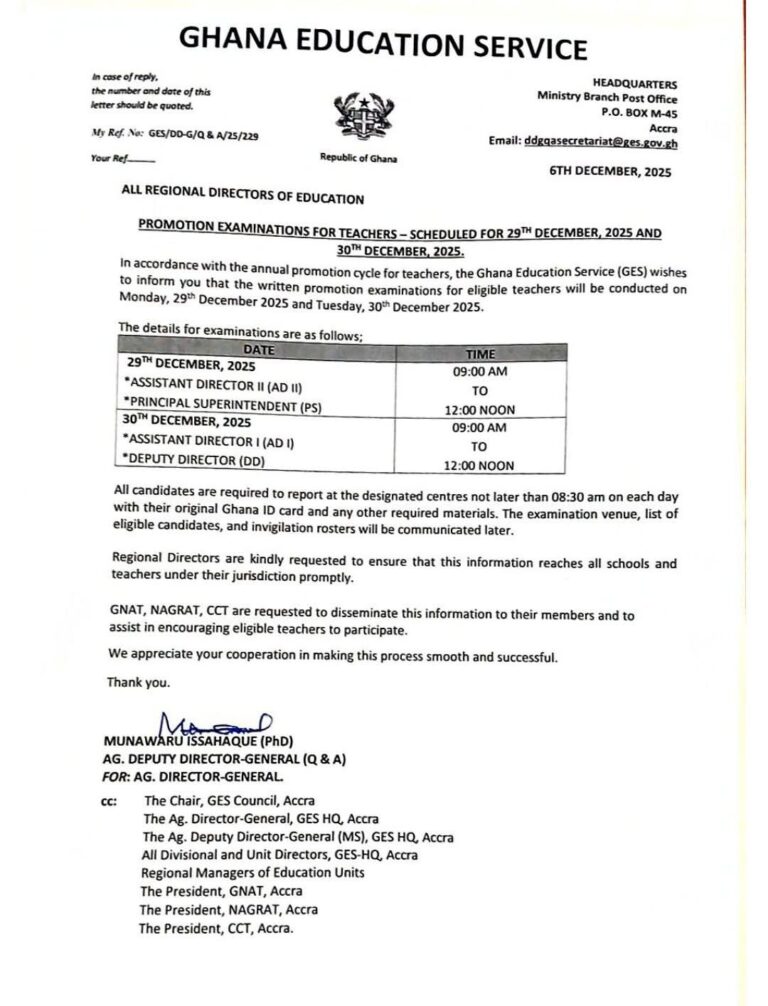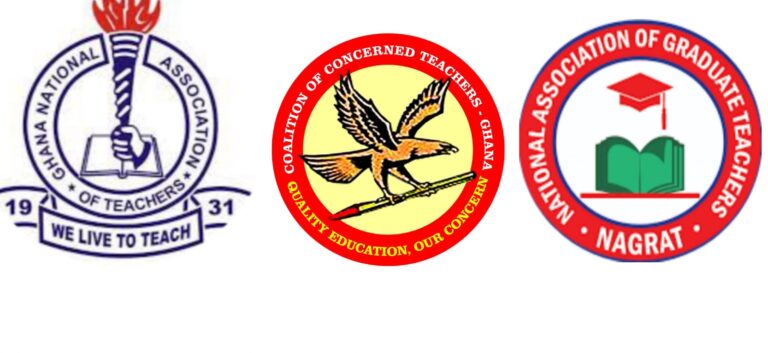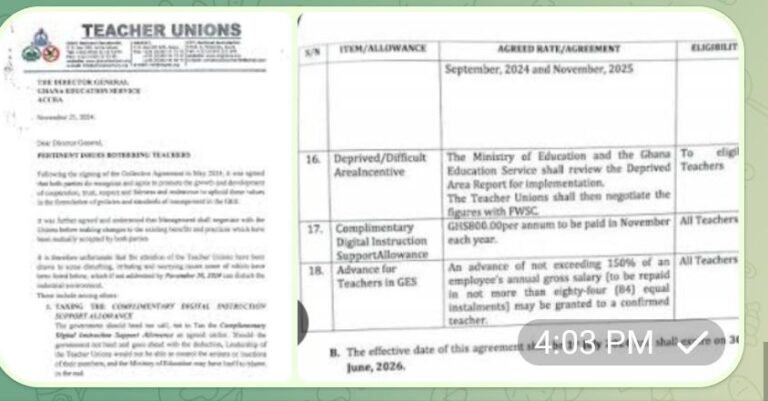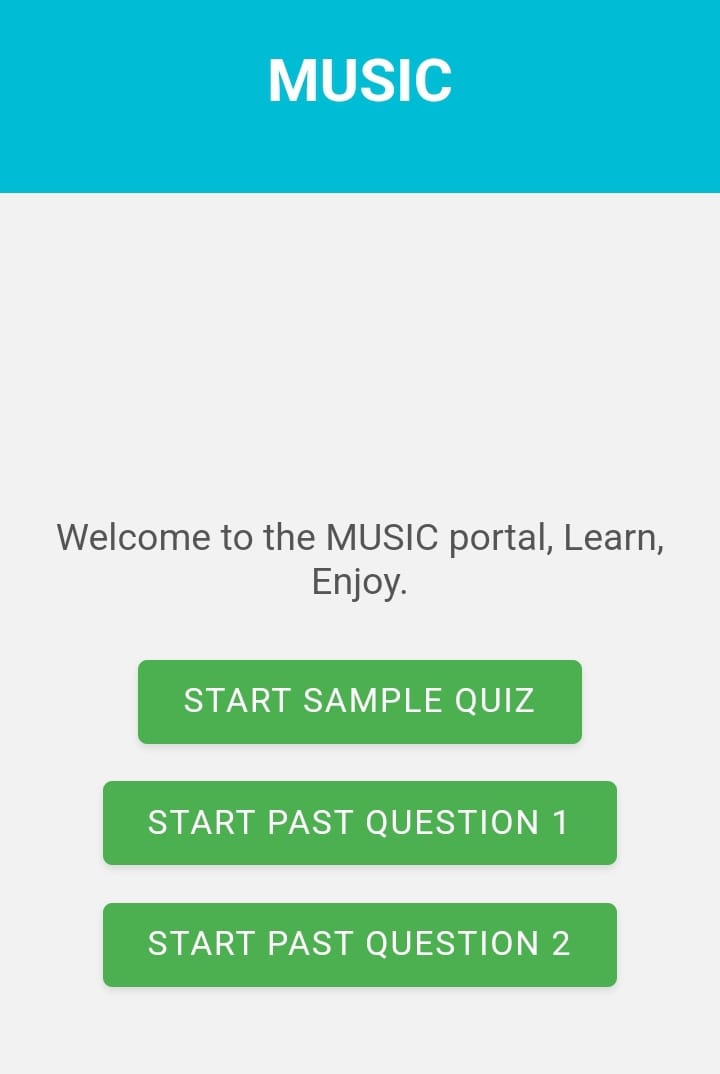
The Complete Guide to Performing Arts (Music) Curriculum
Table of Contents
Introduction to Performing Arts <a id=”introduction”></a>
Ghana’s rich performing arts tradition blends indigenous practices with contemporary forms. This guide breaks down the music curriculum’s key competencies from notation to cultural impact.
Core Content Areas
1. Music Fundamentals <a id=”music-fundamentals”></a>
Essential Skills:
-
Staff ↔ Tonic solfa transcription (movable doh)
-
Scale construction (major/minor)
-
Interval calculation
Notation Cheat Sheet:
G Clef Lines: Every Good Boy Does Fine (E-G-B-D-F) Spaces: F-A-C-E
Practical Exercise:
Transpose “Yɛn Ara Asaase Ni” from F to G major
2. Creativity in Performance <a id=”creativity”></a>
Theoretical Framework:
-
4Ps of Creativity: Person, Process, Product, Press
-
Barriers to innovation in Ghanaian music
-
Creative process stages (preparation → verification)
Case Study:
How highlife evolved from traditional rhythms
3. Historical Development <a id=”history”></a>
Key Milestones:
-
1962: Establishment of Ghana Dance Ensemble
-
1975: National Theatre movement
-
1990s: Contemporary gospel fusion
Did You Know?
The first music degree program began at the University of Ghana in 1962.
4. Societal Roles <a id=”societal-roles”></a>
Functional Categories:
-
Ceremonial (Funerals, festivals)
-
Artistic (Concert performances)
-
Communal (Social cohesion)
Current Trend:
Hiplife as social commentary
5. Instrument Classification <a id=”instruments”></a>
Hornbostel-Sachs System:
| Category | Ghanaian Examples |
|---|---|
| Idiophones | Bell, xylophone |
| Membranophones | Fontomfrom, kpanlogo |
| Chordophones | Gonje, seprewa |
| Aerophones | Atenteben, algaita |
Listening Exercise:
Identify instruments in Osibisa’s “Woyaya.”
6. Ghanaian Artistes <a id=”ghanaian-artistes”></a>
Legends to Know:
-
E.T. Mensah (Highlife pioneer)
-
Amakye Dede (Soulful highlife)
-
Ohemaa Mercy (Gospel icon)
Impact Analysis:
How Azonto dance influenced West African pop culture
Assessment Framework <a id=”assessment”></a>
Cognitive Weighting:
| Content Area | Recall (20%) | Skills (25%) | Analysis (35%) | Evaluation (20%) | Total |
|---|---|---|---|---|---|
| Music Fundamentals | 5 | 7 | 11 | 6 | 29% |
| Instrument Classification | 5 | 4 | 6 | 4 | 19% |
| Total | 20% | 25% | 35% | 20% | 100% |
Music theory carries the highest weighting
Career Pathways <a id=”career-pathways”></a>
Emerging Opportunities:
-
Music Therapy (Korle-Bu Teaching Hospital)
-
Cultural Tourism (Arts Center curation)
-
Film Scoring (Gollywood productions)
-
Digital Content Creation (TikTok trends)
Income Range:
GH₵800 – GH₵15,000 monthly (Session musician to star performer)
Key Takeaways <a id=”key-takeaways”></a>
-
Exam Focus:
-
Master notation transposition (movable doh)
-
Analyze instrument timbres
-
-
Industry Shifts:
-
AI music tools (Boomy, Soundraw)
-
NFT performances (Selling digital collectibles)
-
-
Learning Resources:
-
The Music of Africa (Kwabena Nketia)
For the past question, click here: https://ntc.gov.gh/practice_test/music/
Follow us on WhatsApp for more updates: https://whatsapp.com/channel/0029VaCyYGIFHWpx22L38a2K
Seekers Consult
Contact Us for Your Study Abroad Journey
We search for schools and check available scholarships for you
Contact: 0550414552 / 0362297079
Loan for government workers
Transcript Application
English Proficiency
Recommendation letter
Project work/thesis for undergraduate, master’s, and PhD students.


